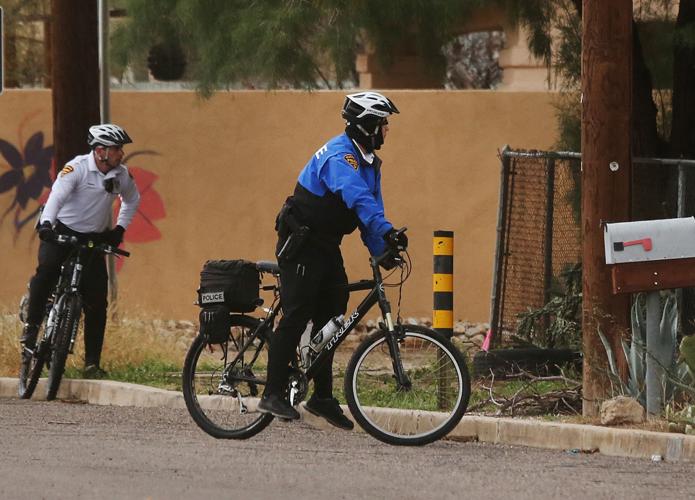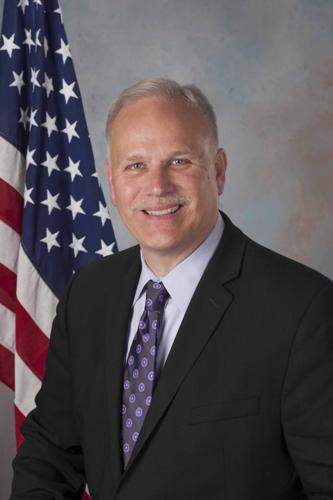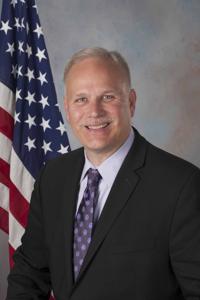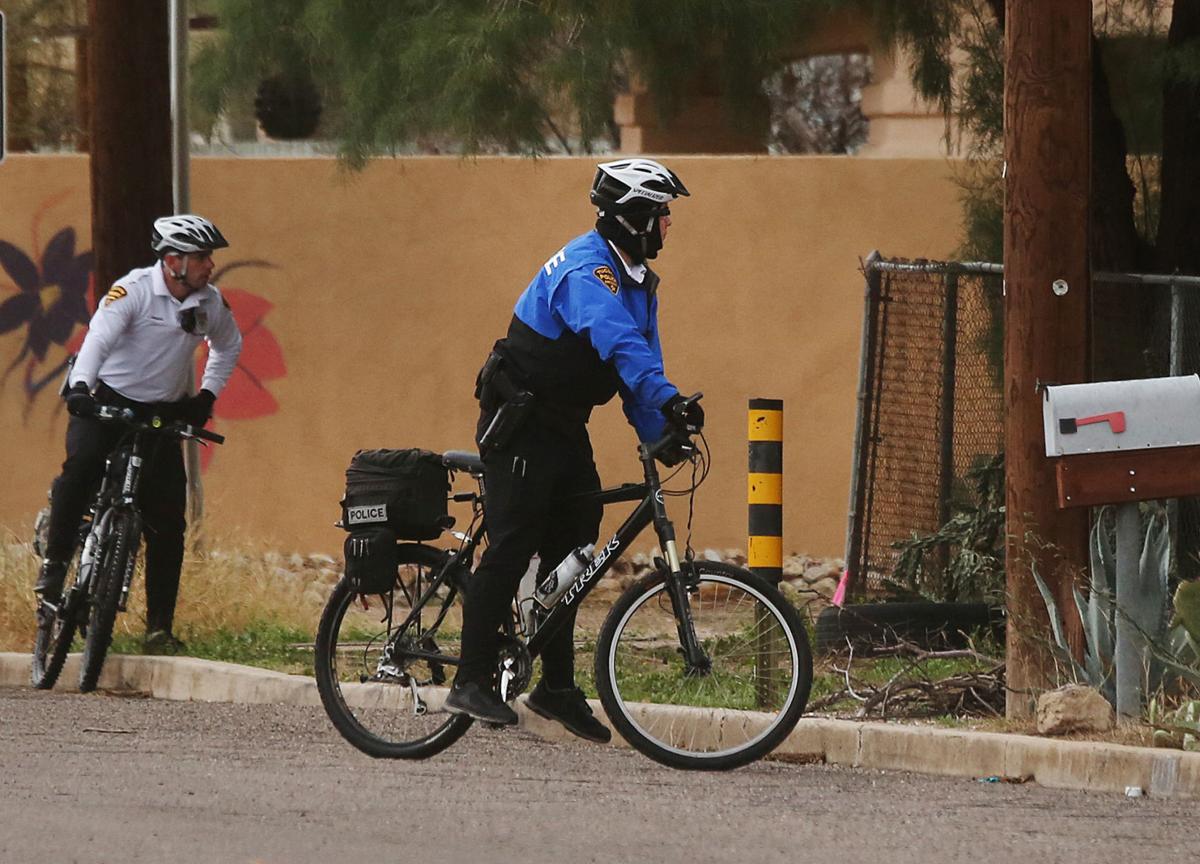New Tucson Police Chief Chris Magnus is looking to increase the number of police officers on street patrol by moving officers out of downtown to work in other areas of the city where they are needed most.
Under the proposal, the downtown district would be patrolled by possibly 30 officers on foot and on bicycles, while the remaining 30 patrol officers in vehicles that were in the downtown division would be dispersed to the other four divisions in the city. Higher ranking officers would also be moved into other duties. There will be at least one patrol car in the downtown district and other squad cars can be requested as needed.
This is the beginning of an expected department reorganization to save the city money after City Manager Michael Ortega asked all departments to come up with cost-saving measures to halt budget deficits.
The city’s deficit for fiscal year 2017 is $25.6 million. However, city leaders want to end budget deficits, start with a clean slate and rebuild.
The chief is also said to be considering moving officers from nonpatrol duties into patrol duties as part of his wider-ranging plans for the department. For example, there is discussion to eliminate or reduce some of the department’s specialty units and return those officers to patrol duties.
Specific details of Magnus’ plans were not available. The Star gathered the information through interviews with several police officers, a representative of the police union and downtown merchants who were briefed on the patrol changes.
Sgt. Jason Winsky, government affairs director for the Tucson Police Officers Association, said he and other union leaders are working closely with Magnus to shift officers back to street patrol, a primary function in providing service to neighborhoods.
“Now every officer who works in a nonpatrol function is being examined to see if what they are doing is essential, or the job can be temporarily suspended and the officer can return to patrol,” Winksy said. The department is expected to also tighten its personnel through attrition. Those are the savings it expects to turn back to Ortega, Winsky said.
The Tucson Police Department has about 900 sworn officers and 300 civilian employees. The budget is $168 million.
Part of the initial reorganization encompasses police coverage downtown.
Officers were told last week at a meeting that Operations Division Downtown would be absorbed by Operations Division West, and the downtown area may be turned into a smaller district.
The proposed new downtown district would encompass Congress Street, Fourth Avenue and University Boulevard, and would include University Square. Officers would patrol the smaller district primarily on foot and bicycle.
Fred Ronstadt, executive director of the Fourth Avenue Merchants Association, said Assistant Chief Ramon Batista and Capt. James Graves have met with members and explained the proposed plan for the downtown business district.
“Most of us are waiting to see what happens,” Ronstadt said. “Nothing formally has been put before us. This is all in the planning, and the Police Department is gathering comments from the folks that will be affected,” he said.
“We were told there would be no patrol cars dedicated to the geographic area, but it is still part of the west-side division, and patrol cars would still be present in the area,” Ronstadt said. There are more than 100 merchants in the Fourth Avenue corridor.
“Over the last decade, the merchants on Fourth Avenue, downtown and Main Gate have worked very hard to make sure this area is safe, and clean and family friendly,” Ronstadt said. He said police understand the importance of these measures.
“At the moment, I don’t have any concerns. It appears it will be a major benefit for us, but ultimately we will see,” Ronstadt said.
Some officers worry about homelessness and drug issues downtown, along with their effects on daily activity and businesses once the current level of squad cars diminishes under the proposed plan.
They say the downtown area swirls with thousands of people daily, and a visible police presence is important to deter crime.
Others said they understand the need to beef up patrols across the city, and Magnus may be making decisions that may not be popular. But they also wonder about the money invested in downtown with new high-rise housing, restaurants and businesses, and what may happen with fewer squad cars downtown.
If the plan is finalized, the boundaries for Operations Division West would be from River Road to roughly 22nd Street, and from Campbell to Starr Pass and Anklam Road.
Also, other divisions may also be realigned as part of the downtown changes. The downtown division’s current boundaries are Speedway to roughly 22nd Street, and Campbell to Interstate 10, and they roughly meander to include Anklam and Greasewood roads.
The changes are not final and may not be implemented for another two to five months, sources say.
Magnus declined to meet with the Star because of a full schedule this week, but he is expected to meet with the media next week to discuss the proposals, said Officer Daniel Lucas, a Tucson Police Department spokesman.
“Patrol is one of the largest functions within the department, and it must be adequately staffed. But no decisions as to reorganization have been made,” Lucas said. “There are many items and options being discussed, but nothing has been decided at this point.”
The chief “has spoken to his command staff, and he is open to listening to various departments and staff to get ideas how to address these challenges,” Lucas said.







